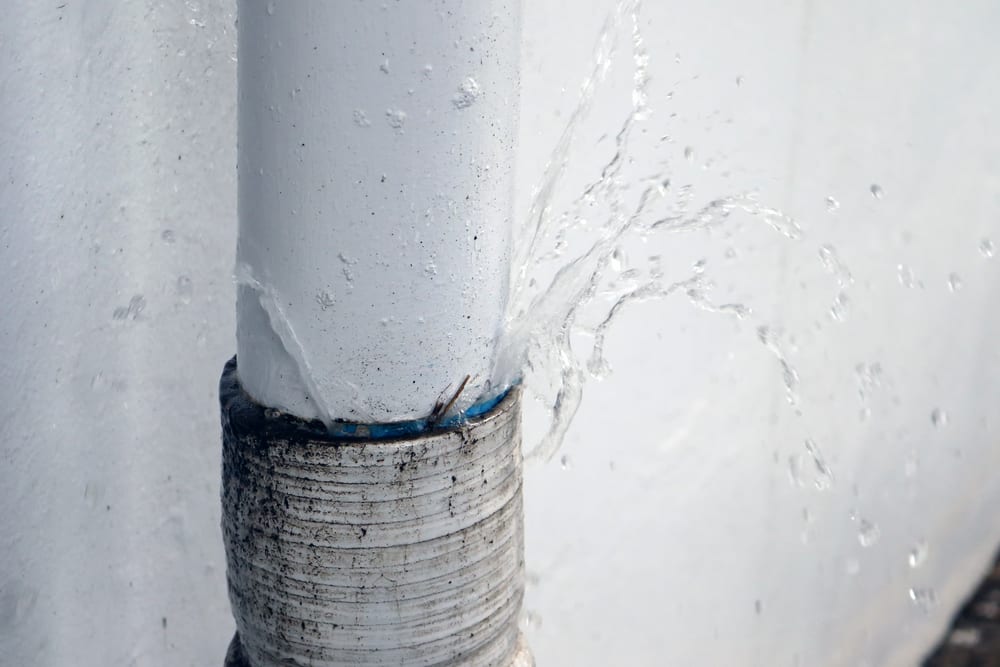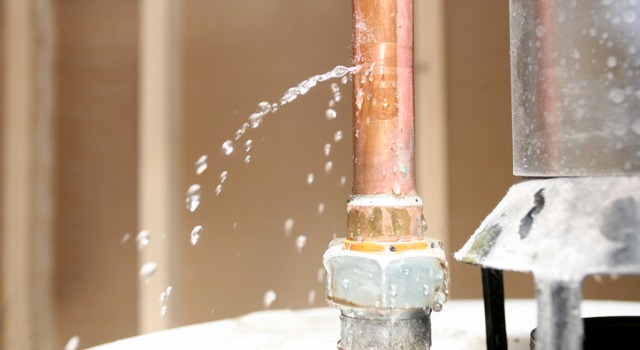Your Complete Guide to Septic Tank Maintenance: What You Need to Know
Your Complete Guide to Septic Tank Maintenance: What You Need to Know
Blog Article
How do you actually feel in regards to The Do’s And Don’ts When Water Floods Your Home?

What should you do if a pipes bursts in your house, producing a mini-waterfall and also flooding an area of your house? In this circumstance, you must act quick. The longer you wait, the extra severe the water damage in your residential property. When an emergency like this happens, clearheadedness is vital. For these factors, you need to learn what to in case of a ruptured pipes. Check out the following suggestions listed below to aid you act quickly because time is of the essence.
Shut down the Key Waterline Shutoff
The first thing you need to do is shut the shut-off shutoff. Try to find the regional shut-off valve to turn-off water in one particular area only. If you do not understand where the local shut-off shutoff to the fixture is, you have to turn-off the primary waterline valve. This will cut off the water in your entire residence. Generally, the primary valve is found outside the home alongside the water meter. If it's not there, you can additionally locate it in the cellar at an eye-level or it could be in the 1st flooring on the ground. Typically, building contractors yet the shut-off shutoff in the main ground level washroom or ideal beside it.
Call Water Damage Reconstruction Pros for Assistance
After shutting the water source, call the pros for assistance. Due to the fact that they need to fix the pipelines and resolve the problems to your property, this is not something you can conveniently DIY. Look for assistance from a reliable firm providing 24/7 emergency solutions. With their professional help, you can alleviate exacerbation since water can seep with your things causing distorted baseboards, loosened ceramic tiles, or damage structure. Don't take this issue lightly and also look for profession advice for total assurance.
File the Damages For Insurance coverage
As you are waiting for the pros to arrive, document the damage triggered by the wayward pipeline. Remaining aggressive with this permits you to submit a case for insurance coverage, which will certainly aid you and your family get back on your feet.
Salvage Things That Can Be Saved
Read the things and also take out the most vital ones from the pile as soon as you're done taking images. Dry them off as well as attempt to protect as long as you can. Drag them away from moisture so they can begin to dry.
Beginning the Drying Refine
While waiting for the pros, you can begin the drying out process. Fortunately, water from your waterlines are clean so you don't have to stress over sewer water. The flowing water may have disrupted the dirt as well as debris in your floorboards as well as rugs. Be prepared with gloves as you use buckets to dump out the water. Blot out as a lot as you can with old towels. You can additionally turn on an electric fan or open home windows to advertise air blood circulation. This will certainly accelerate drying out and also hinder mold and mildew and also mold development.
Professionals are the only ones certified to deal with the burs pipelines and also succeeding damages. You will typically see red flags like bubbling paint, strange noises in the plumbing, musty smell, caving ceiling, peeling off wallpaper, or water discolorations.
What should you do if a water pipeline bursts in your home, creating a mini-waterfall and swamping an area of your home? For these reasons, you require to discover what to in instance of a burst water pipe. After shutting the water source, call the pros for aid. With their specialist aid, you can alleviate worsening since water can leak through your things resulting in warped walls, loosened ceramic tiles, or damages structure. Fortunately, water from your waterlines are clean so you do not have to stress regarding drain water.
BROKEN WATER PIPES: COST TO REPLACE & WAYS TO FIX A PIPE
CAUSES OF A BROKEN WATER PIPE
A water pipe can break for several reasons depending on the environment you live in, type of pipe, and circumstances.
The most common cause of broken pipes is freezing. If you live in a colder climate, this could happen. When water freezes it increases in volume by 9% and the pressure in the pipes can go from 40 psi to 40,000 psi. Clearly, this could be detrimental to the pipes. Water freezing causes quick expansion, which puts stress on the pipes and could lead them to crack or weaken. When water thaws, it will leak out the cracks. Other changes in water pressure can also cause breakage. Another common cause of broken water pipes is age.
Depending on the material, water pipes can last anywhere from 70-100 years. But the older they get, the more susceptible they are to weakening and corroding. Older pipes coming into contact with another material could speed up the corrosion process as well. PVC pipes can become brittle with age, while copper is prone to corrosion and stress over time. Something that could also potentially break water pipes is when they move. They may move from construction or the house settling. Moving can stress the fixed pipe which may lead to a leak or burst pipe.
HOW MUCH WATER COULD LEAK INTO YOUR HOUSE FROM A BROKEN PIPE?
The amount of water that leaks depend on how big the break in a pipe is. If it is just a minor crack, water will slowly leak out. This isn’t as serious as a full broken pipe, but it can still cause significant damage to your home. Burst pipes can leak up to 10 gallons of water per minute. The amount of water leaked also depends on what appliance is involved. The water line to your refrigerator can leak ½ to 1 gallon per minute depending on water pressure. One toilet supply line may leak 2-3 gallons a minute and a washing machine hose will leak up to 10-12 gallons per minute.
TURN THE WATER OFF
Doing this first is imperative; everything else can wait. You need to deactivate the water supply to stop the flow of water and prevent more water from leaking into your home. Shutting off the water could potentially save you thousands in water damage repairs. Locating the water shutoff valve depends on the climate you live in. For colder climates, the valves are usually inside, such as in the basement. For houses in milder weather, the shutoff valves will probably be outside—either attached to an exterior wall or in an underground box with a removable lid.
OPEN A FAUCET
The next thing to do is to open a faucet or turn on a sink. This will relieve any remaining water pressure in the pipes and ensure a full-shut down.
GET RID OF THE WATER
The quicker you get rid of the water, the less water damage and mold there could be. Use a mop and a shop vacuum to help get clean up the water. Use towels to dry everything the best you can.
CUT AND REMOVE THE DAMAGED PIPE
Once you have shut off the water and drained the damaged water pipe, you can begin to fix the issue. Cut out the damaged section of the pipe with a pipe cutter, ensuring that you also cut one inch extra on each side of the damage. Once you get rid of the broken part of the pipe, you may begin repairs.
https://www.wmhendersoninc.com/blog/broken-water-pipes-cost-to-replace-ways-to-fix-a-pipe/

I found that content on The Do’s And Don’ts When Water Floods Your Home while scouting around the search engines. Remember to set aside a second to share this page if you enjoyed reading it. I appreciate reading our article about Water Damage Restoration Do’s And Don’t.
Report this page